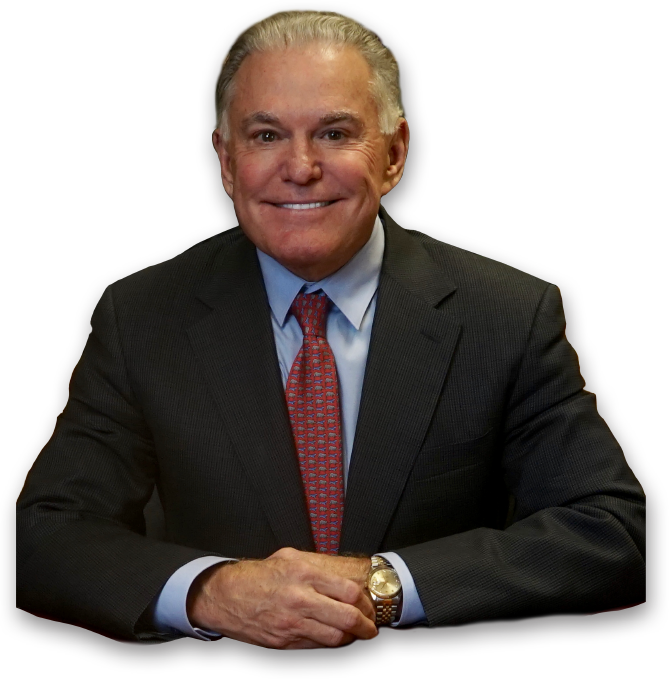
For some, deciding to undergo a hair restoration procedure can take months, even years. But once that decision is made, the prospect of moving beyond the frustration of thinning hair can feel exhilarating. If there’s ever a chance to make a fresh start, this is it.
You may recognize this giddy anticipation, even if you didn’t plaster your bathroom mirror with photos of inspirational hairstyles from Chris Hemsworth or Michael B. Jordan. However, it’s important to temper your excitement by preparing for one less glamorous aspect of the process: the “ugly duckling” phase of hair transplant recovery.
Understanding the “Ugly Duckling” Phase
Like any significant change, hair restoration has its phases, and the so-called ugly duckling stage is just one of them. While the name might sound intimidating, this stage is temporary and manageable with the right expectations and care.
This phase often begins three to four months after the procedure when new hair growth starts to emerge. During this time, some individuals may notice:
- Redness or Pimples: Small bumps or redness in the recipient area are common as new hair follicles push through the skin. This is a natural part of the healing process.
- Thinning Appearance: In some cases, the recipient area may appear thinner than before due to the shedding of transplanted hairs (a normal process called “shock loss“) and the initial stages of regrowth.
While these symptoms may feel discouraging, they’re a normal part of recovery and typically subside as new hair grows in more densely.
Not Everyone Experiences This Phase
It’s worth noting that not all hair transplant patients go through an ugly duckling phase. The extent of redness, pimples, or perceived thinning varies widely and depends on factors like skin sensitivity, hair type, and individual healing patterns. For some, this phase is barely noticeable. For others, it may feel more pronounced but still temporary.
Tips for Managing the “Ugly Duckling” Phase
Although this phase is short-lived, there are steps you can take to manage any discomfort and maintain confidence:
- Follow Post-Procedure Instructions: Your surgeon will provide detailed aftercare guidelines. Adhering to these instructions can minimize redness and irritation.
- Use Concealers or Medications: Topical products, such as scalp concealers, can camouflage redness or pimples. Medications like anti-inflammatory creams may also help reduce irritation.
- Keep Your Scalp Clean: Gently washing your scalp as directed can prevent infection and keep the healing process on track.
- Be Patient: Remind yourself that this phase is temporary. Within six to eight months post-procedure, most patients experience substantial hair growth and begin seeing the transformation they’ve anticipated. Your doctor will have explained this in detail, so a phase like this will not come as a surprise.
The Timeline of Transformation
While the ugly duckling phase might test your patience, it’s important to focus on the bigger picture. Hair restoration is a gradual process, with results typically becoming noticeable six to twelve months after the procedure. By this point, most individuals are thrilled with their new hairline and density, making the temporary discomfort of the recovery process well worth it. Many patients experience positive results even earlier than this general timeframe.
A Trusted Partner in Your Hair Restoration Journey
Choosing the right surgeon is crucial to a successful hair restoration journey, including navigating any challenges during recovery. Dr. Joseph L. Williams of the Advanced Medical Hair Institute remains a trusted expert in the field. With years of experience and a patient-centered approach, Dr. Williams understands that every individual’s journey is unique. He has seen it all and will be available to answer any concerns or questions.
Dr. Williams reassures his patients that while the procedure involves phases of healing and growth, the final outcome is worth the wait. His expertise and personalized care empower patients to approach the process with confidence and peace of mind. Please refer to testimonials from prior patients as well.
Looking Ahead
The ugly duckling phase is a small chapter in the larger story of hair restoration. With the right preparation, support, and perspective, you can navigate this stage smoothly and focus on the exciting transformation ahead. By the time your new hair fully grows in, you’ll likely look back on this phase as a minor step on the path to renewed confidence and a revitalized appearance.










